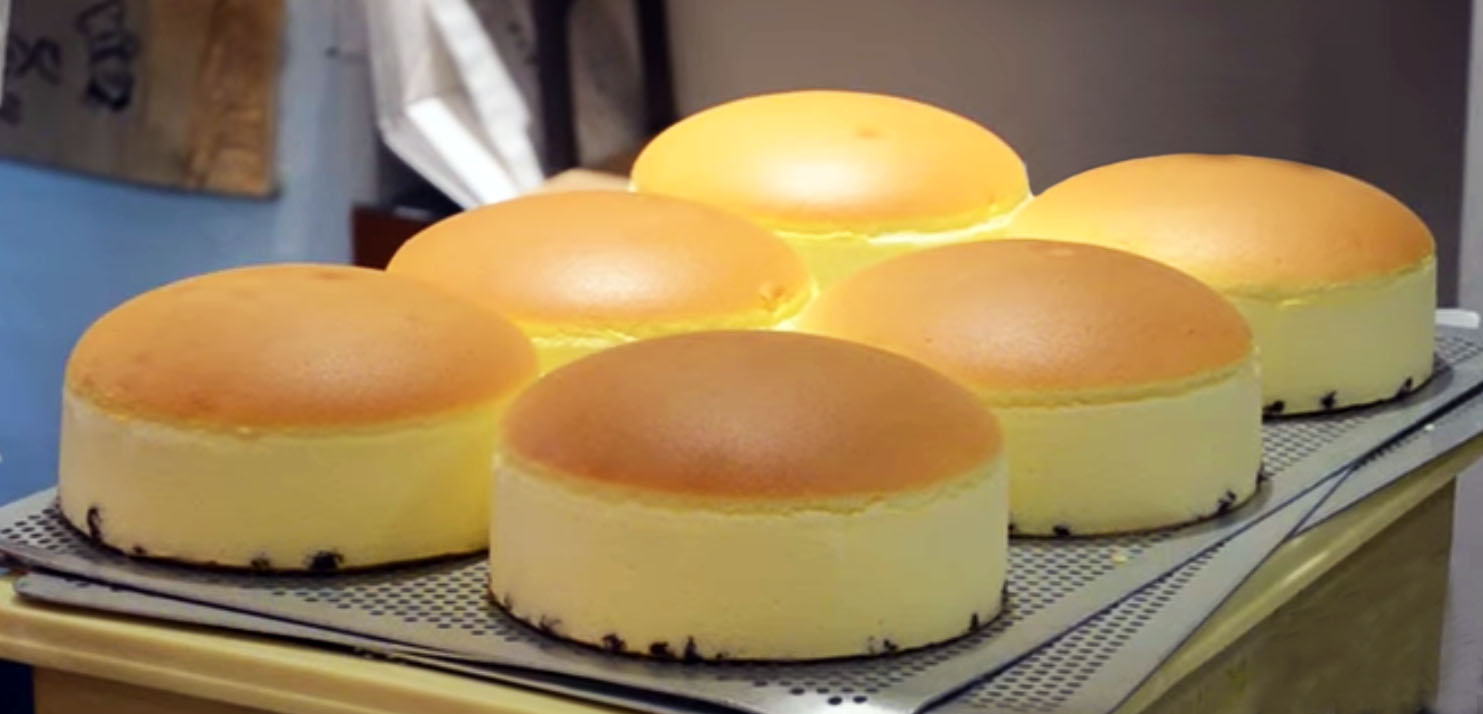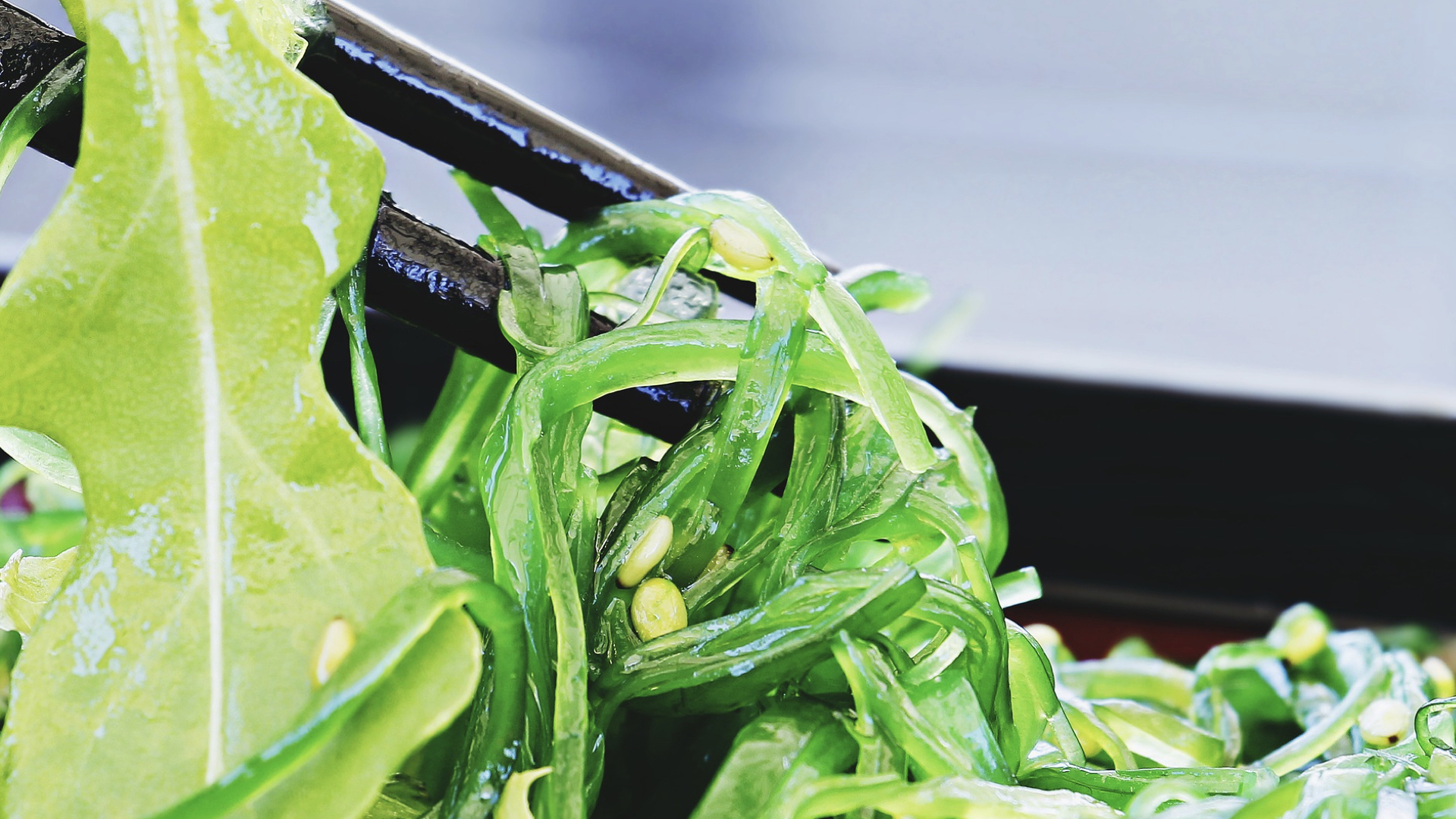Embark on a flavorful journey with Ankake Spaghetti, a delightful and saucy twist to the traditional Italian pasta. Originating from Japan, Ankake Spaghetti has carved a unique niche in the culinary landscape, offering a fusion of Japanese and Western flavors. Join us as we explore the origins, cultural significance, and the emerging food trend surrounding this saucy noodle adventure.
Origins of Ankake Spaghetti
Fusion of Flavors
Ankake Spaghetti, which translates to “spaghetti with thick sauce,” emerged in Japan as a fusion of Italian pasta and Japanese culinary sensibilities. The dish is characterized by its thick, starchy sauce that coats the noodles, providing a unique and satisfying texture.
Post-War Innovation
Ankake Spaghetti gained popularity in post-war Japan when creative cooks started experimenting with local ingredients to recreate Western dishes. The result was a comforting and flavorful pasta dish that resonated with the Japanese palate.
Cultural Significance of Ankake Spaghetti
Comfort Food Appeal
Ankake Spaghetti holds a special place as a comfort food in Japan. Its hearty and flavorful nature makes it a go-to choice for individuals seeking a satisfying and familiar meal that combines the best of both Japanese and Western cuisines.
Family-Friendly Fare
Ankake Spaghetti is often associated with family-friendly dining. Its mild and adaptable flavors make it appealing to a wide range of tastes, and the playful sauciness of the noodles adds an element of fun that resonates with both children and adults.
Food Trend: Ankake Spaghetti Reinvented
While Ankake Spaghetti has deep roots in Japanese culinary history, a contemporary food trend is reinvigorating this classic dish, introducing new variations and creative interpretations.
Gourmet Ingredients
Modern chefs are elevating Ankake Spaghetti by incorporating gourmet ingredients. From premium seafood and meats to locally sourced vegetables, these additions bring a touch of sophistication to the dish, appealing to a more discerning palate.
Health-Conscious Options
As the culinary landscape embraces health-conscious choices, Ankake Spaghetti is also evolving to accommodate diverse dietary preferences. Chefs are exploring gluten-free noodles, incorporating whole-grain options, and experimenting with plant-based alternatives, making the dish more inclusive and health-oriented.
Global Fusion Flavors
Ankake Spaghetti is making its way onto international menus, where chefs experiment with global fusion flavors. Creative interpretations may include influences from Mediterranean, Asian, or Latin cuisines, resulting in unique and multicultural variations that cater to a diverse audience.
Where to Experience the Ankake Spaghetti Adventure
For those eager to savor the Ankake Spaghetti adventure and explore the evolving trends, various culinary destinations offer opportunities to experience this saucy noodle delight.
Specialty Japanese Restaurants
Specialty Japanese restaurants, particularly those that focus on fusion cuisine, are ideal places to savor authentic Ankake Spaghetti. These establishments often showcase creative variations and innovative twists, providing a contemporary take on the classic dish.
Trendy Urban Eateries
Trendy urban eateries in Japan and beyond are incorporating Ankake Spaghetti into their menus. These venues, often characterized by their modern and eclectic offerings, embrace the saucy noodle delight as part of a diverse and exciting culinary repertoire.
Culinary Events and Food Festivals
Attending culinary events, food festivals, or pop-up dining experiences dedicated to Japanese cuisine provides an opportunity to sample diverse interpretations of Ankake Spaghetti. Renowned chefs may present their unique takes on the dish, offering a glimpse into the evolving trends.
Embracing the Ankake Spaghetti Adventure: A Saucy Affair
In conclusion, the Ankake Spaghetti adventure invites us to savor a saucy affair that transcends culinary boundaries. Whether indulging in traditional preparations at a specialty Japanese restaurant, exploring innovative renditions in trendy urban eateries, or attending culinary events, Ankake Spaghetti offers a flavorful journey that celebrates the art of fusion cuisine. So, let the thick and savory sauce envelop your taste buds in a symphony of flavors, as you embark on an Ankake Spaghetti adventure that melds the best of both Japanese and Western culinary traditions.…





